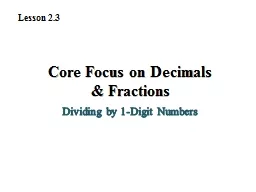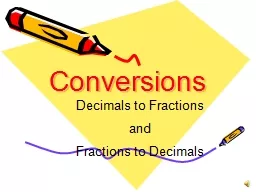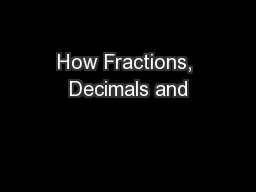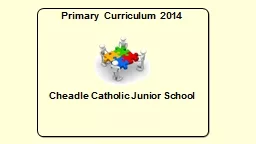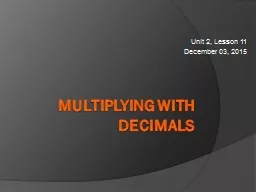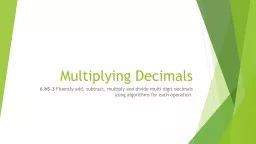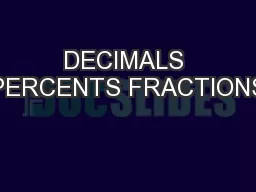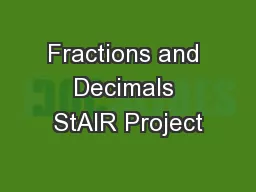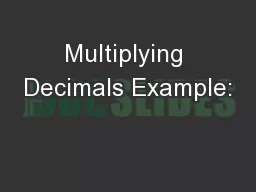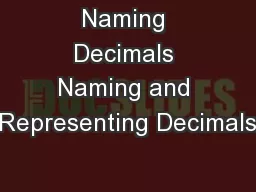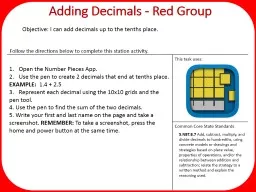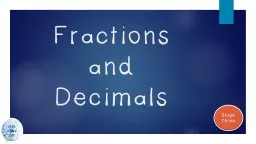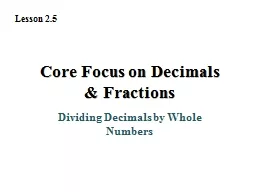PPT-Core Focus on Decimals & Fractions
Author : slygrat | Published Date : 2020-06-16
Dividing by 1Digit Numbers Lesson 23 WarmUp 1 32 5 2 21 84 3 Maria split 20 cookies evenly on plates 4 for her friends How many cookies did each friend
Presentation Embed Code
Download Presentation
Download Presentation The PPT/PDF document "Core Focus on Decimals & Fractions" is the property of its rightful owner. Permission is granted to download and print the materials on this website for personal, non-commercial use only, and to display it on your personal computer provided you do not modify the materials and that you retain all copyright notices contained in the materials. By downloading content from our website, you accept the terms of this agreement.
Core Focus on Decimals & Fractions: Transcript
Download Rules Of Document
"Core Focus on Decimals & Fractions"The content belongs to its owner. You may download and print it for personal use, without modification, and keep all copyright notices. By downloading, you agree to these terms.
Related Documents

